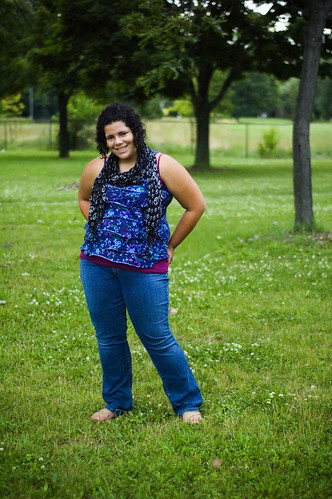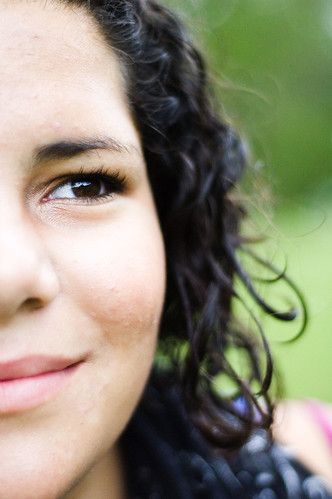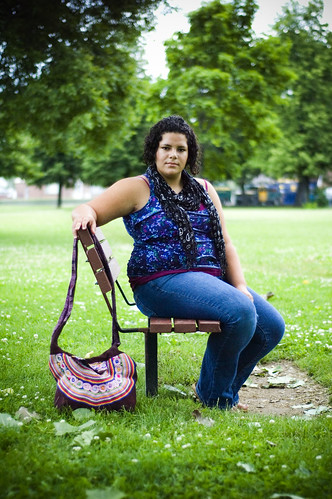I have had SO many people ask me this question in various different forms for a few years now: Do I need to buy an expensive camera to get amazing pictures? The simple answer is: No. You don't need an expensive camera to get great photos. In fact, if you don't know how to use your expensive camera, your results can actually be alot worse than what you'd get from an auto-focus, point and shoot. And on top of that, you don't even need expensive, complex software to get great photos. If you're interested, please read on.
So, today I'm going to give you a little tutorial (kind of) to help you understand the important elements of photography. My goal is to free up your thinking and enable you to capture the kind of images that you want with the camera you have right now!

Believe it or not, this photo was taken with an older model digital point and shoot that had only 3.2MP! They don't even make these cameras anymore. The color, lighting and clarity of this photo make it one of my favorites (not to mention my cute baby girl as the subject).
First rule:
Don't be swayed by the number of megapixels your camera has. This really has nothing to do with the quality photos you can take. It does, however, make a difference if you want to make huge prints of your photos. My little 3.2mp point-and-shoot can make good quality 8x10 photos, but probably not much bigger than that.
Second rule:
Lighting is pretty much THE key to a good photograph. Start paying attention to what kind of light is around you before you start shooting. In my opinion, natural light is the best, so I avoid a direct flash as much as possible. That's a good start. Turn the flash off on your camera and practice ONLY shooting with natural light. Try shooting in situations where there is an even amount of natural light - like outside in the morning. Experiment with all types of existing light to see what kind of results you can get with your particular camera. The type of lighting you're dealing with will affect the quality, brightness, contrast and depth of your photo. You will learn your camera and what types of light work best once you experiment beyond the flash.
Third rule:
Most point-and-shoots offer only autofocus - hence the name "point-and-shoot". It's meant to be instant. You can use this to your advantage, but you still need to
pay attention to what your camera is focusing on. Most times, if you move your camera around, you can eventually get it to focus on what you choose.
Fourth rule:
Shooting in digital always leaves you with options. Now, with digital photography, the post process can be just as important as the actual shooting. But I would recommend learning how to produce the best image possible the first time around so your editing time is minimal. Every time you edit a jpeg file, you degrade the quality of the image. It is also good to remember that a bad image (over exposed or badly out of focus) cannot be saved in the post process.
Most of the time I use editing to correct or enhance color and contrast, and occasionally I will add an effect to create a certain feel (vintage, soft focus, black and white, etc.). You can get beautiful results with a point and shoot by using basic (and free) photo processing software.
Aviary is a good example, and is similar (though not as complex) to photoshop.
Picasa is another great tool and it's also free.
So, overall, what I'm saying is that you don't need an expensive camera to get great results - in fact you can learn alot about taking good pictures by experimenting outside of auto on the camera you currently have. If you are moving into pro photography, there will always be a new camera, gadget, lens or accessory to try and yes, these tools can enhance your photos...but only if you know how to use them.
So, get out there! Take your camera (sans flash) and experiment! There are secrets in your little camera, just waiting to be discovered! Your search will probably teach you more than you anticipated.
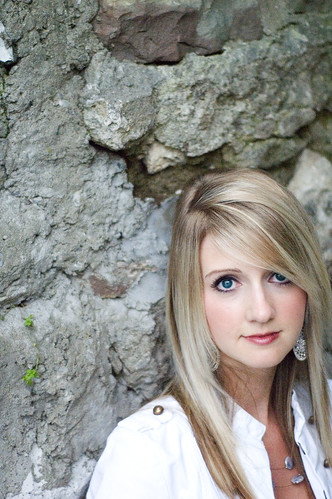
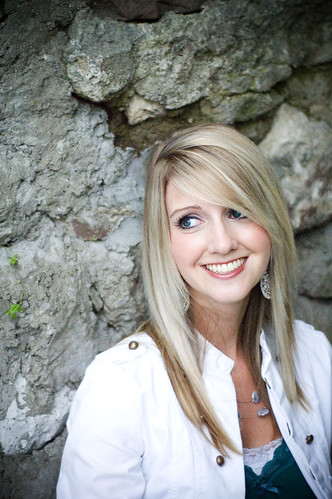
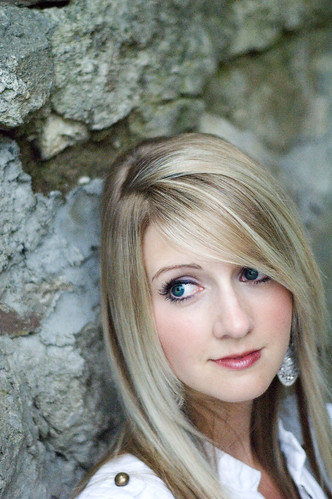
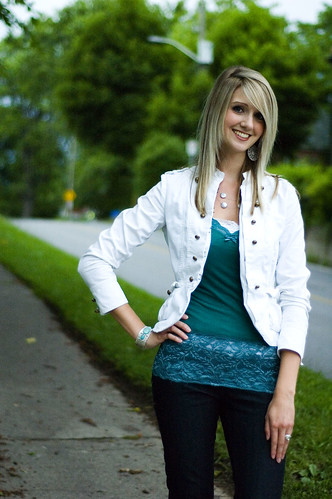
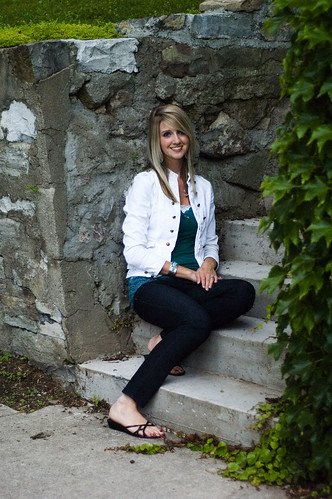
 This is one of my dear friends, Charmaine. She is a multi-talented young woman with whom I have had the privilege of working and volunteering for the past 4 years or so. I have watched her grow in her talents and confidence and I'm so glad to have her as a friend. Isn't she beautiful?
This is one of my dear friends, Charmaine. She is a multi-talented young woman with whom I have had the privilege of working and volunteering for the past 4 years or so. I have watched her grow in her talents and confidence and I'm so glad to have her as a friend. Isn't she beautiful?


